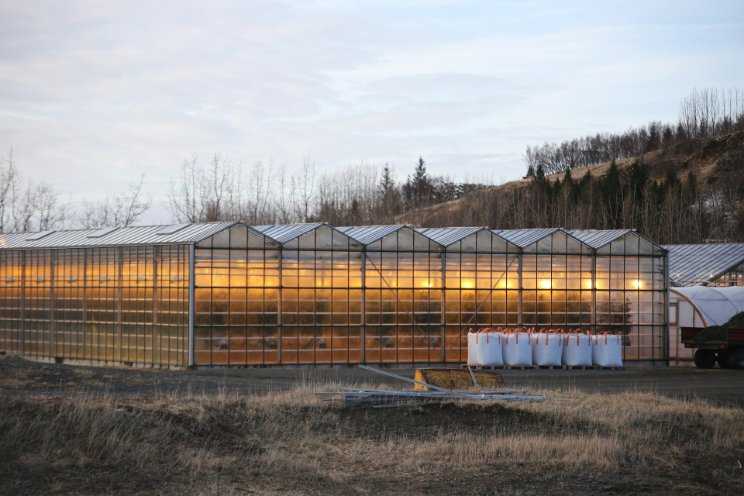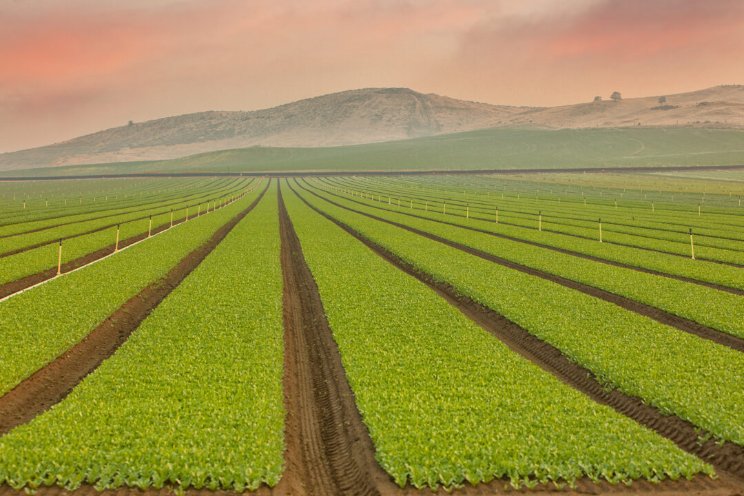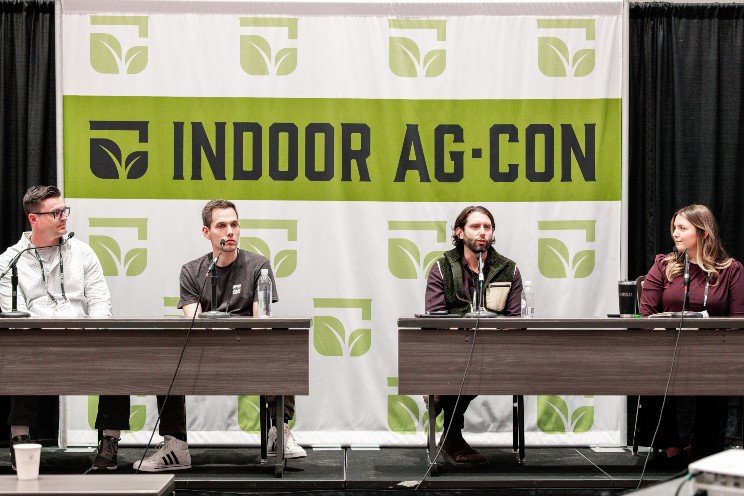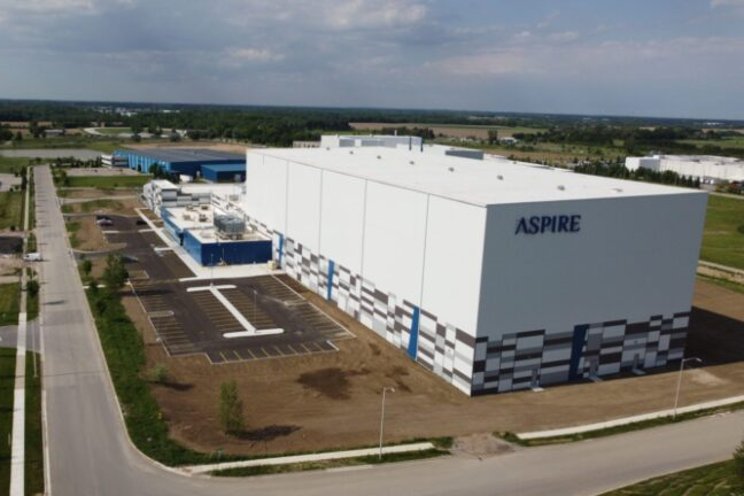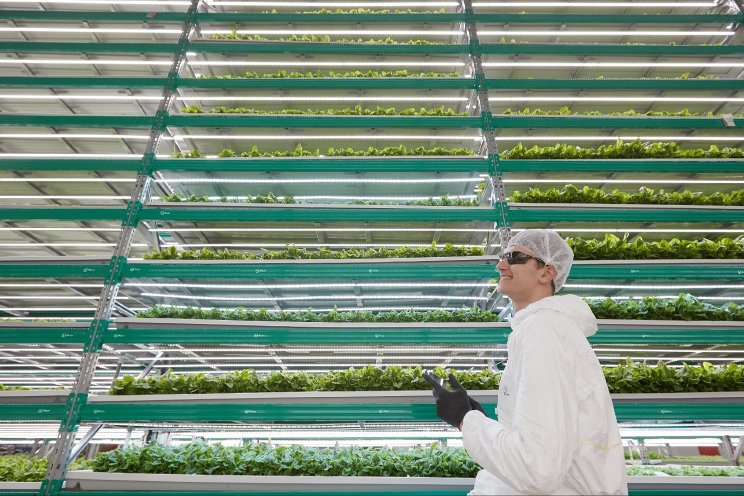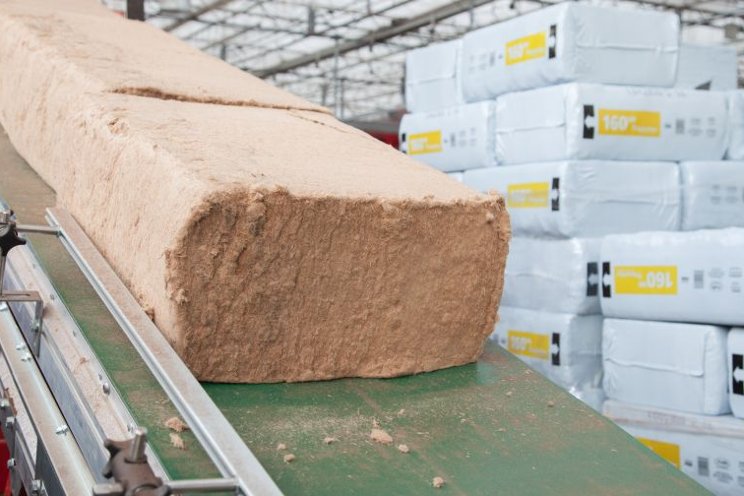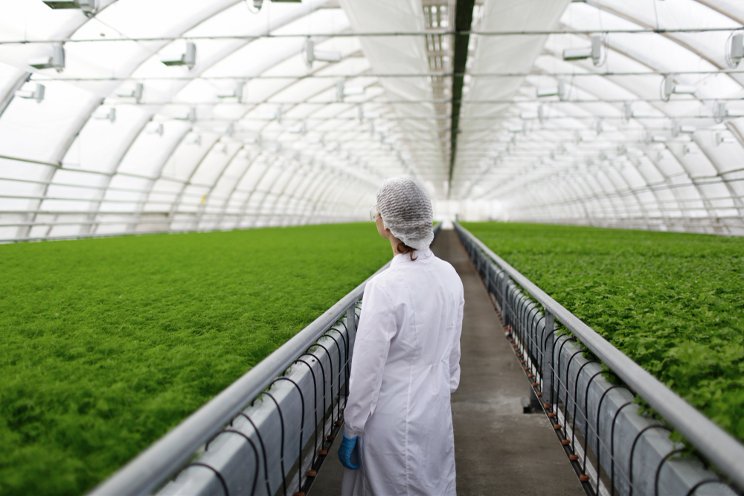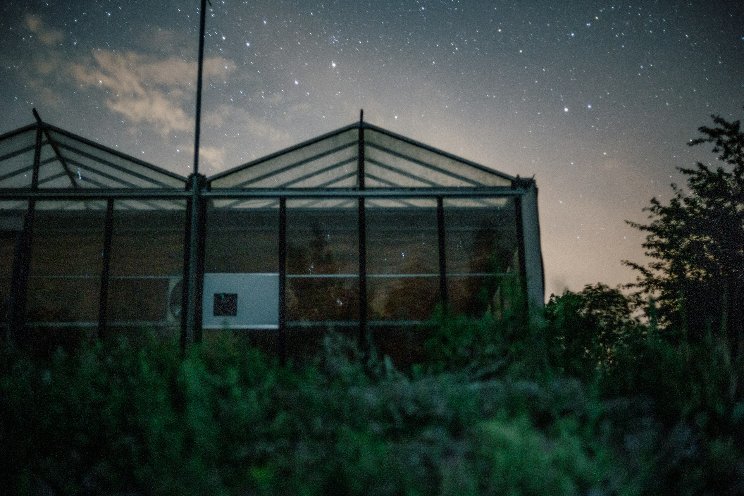The future of vertical farming is brighter than once thought
Added on 05 October 2021

I'm convinced that a growing portion of the fruits and vegetables we eat—in fact, of the whole $1.3 trillion global fresh produce industry in the US—will be grown inside high-tech greenhouses like AeroFarms'. The market is forecast to grow to $15.7 billion by 2025, from $4.4 billion in 2019.
First, the caveats: This new kind of farming requires more energy and technology compared with conventional agriculture. AeroFarms has pioneered an 'aeroponic' system that grows plants in stacked metal trays, their roots dangling in mid-air as they're fed a nutrient-rich mist. LED lights replace sunshine. Cameras and sensors gather millions of data points tracking the needs of the plants as they grow.
This kind of hyper-controlled indoor agriculture requires an expensive labour force of engineers, plant scientists and computer programmers. In fact, few of AeroFarms's team of 200 employees have any hands-in-the-dirt agricultural experience at all. Vertical farming also relies on urban real estate more expensive than rural farmland. AeroFarms' products, which include 'baby watercress' and 'micro broccoli', currently sell for $2 an ounce—luxury goods that will hardly feed the world.
Yet, the technology AeroFarms and other market leaders are pioneering very well might, especially in regions that have increasingly limited water and arable land. Aeroponic farms use up to 95% less water than in-field vegetable production and grow food 30% to 40% faster. They use as little as 0.3% of the land of a field farmer, according to AeroFarms CEO David Rosenberg: More food can be grown inside the space of a soccer goal net than can be grown in five soccer fields outdoors. The plants are grown without herbicides, fungicides or insecticides, gains for both the economics and human health. And while artificial lights will always be more energy intensive than sunshine, AeroFarms' LED efficiency has increased 59% in five years.
The plant data gathered by its cameras and sensors, meanwhile, have driven rapid innovations: The company has seen a 23% increase in its yield-per-square-foot of indoor growing space in the past year alone, and has sped the grow cycle for baby leafy greens from 20 to 14 days—compared to 4 to 6 weeks in the field. Variables including light, moisture, nutrients, oxygen, CO2, and temperature can be monitored so precisely within a vertical farm that the flavours, nutrients and phenotypes of plants, in turn, can be manipulated. Which means AeroFarms and others in this industry are well positioned to produce not just high-flavour and high-nutrient produce, but also high-profit ingredients for pharmaceuticals and nutraceuticals.
After completing the acquisition—due by 24 October—Spring Valley will commit $125 million, according to its Securities and Exchange Commission S-4 filing, to help scale AeroFarms. Rosenberg said he plans to build 16 new facilities from St. Louis, Missouri to Abu Dhabi, UAE, by 2026.
Traditional, in-ground agriculture will continue to produce the vast majority of our staple crops in the decades ahead—that is certain. Vertical farms, though, can play a key role in producing local and perishable specialty crops. They can eliminate fuel-intensive long-distance trucking, along with food rot and waste. When located in and near cities, they have the added advantage of being protected from supply chain disruptions like the ones we're seeing today.
Source: Mint
Photo by ThisisEngineering RAEng on Unsplash
Source: mint
More news


